Latest F1 news in brief – Wednesday
-
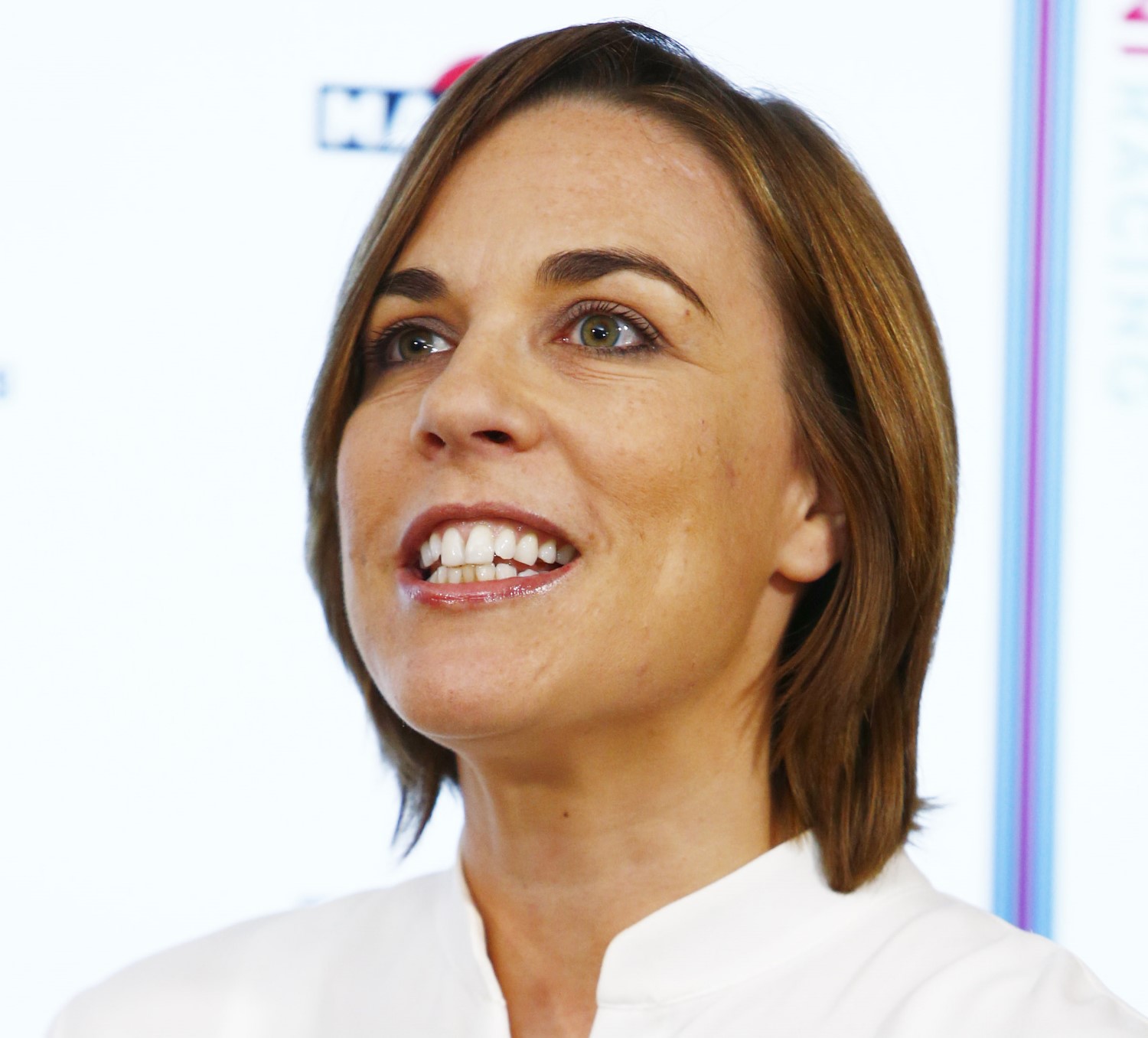
Claire Williams – we are incapable of winning Williams cannot win again without F1 changes – boss
- Street race in Hanoi could lead Formula One's Asia expansion
- FIA opens door to allow F1 teams to mount mirrors on halo device
- Leclerc says he's a Fan of street circuits
- Verstappen: Difference between the engines is still too large
- Horner: If I were Mercedes I'd want this engine formula until 2050!
- Verstappen: Fans don't care about tire compounds
Williams cannot win again without F1 changes – boss
(GMM) Without changes to formula one, Claire Williams is pessimistic about the future of the British team she leads.
Recently, the daughter of team founder Sir Frank Williams attended a meeting with Liberty Media and emerged declaring "Let's crack open some champagne".
That's because plans for a $150 million budget cap from 2021 had just been unveiled.
"That's not to say we were on the brink, but with the financial disparity between teams, the likelihood of Williams' survival into the medium and long term was looking pretty bleak," Williams, the deputy team boss, added.
Since then, Williams' woeful start to 2018 has not significantly improved, and Claire Williams suggests that without changes, she is not upbeat about the future.
"When I started, I really thought we could win again. Now I do not believe that any more," Williams is quoted as saying by Roger Benoit, the veteran F1 correspondent for Blick.
"Our sport is basically broken."
Once a dominant great of the sport, Williams has not won a title since 1997, or a race since Pastor Maldonado's in 2012.
Claire Williams continued: "It's naive to believe that if you just work hard, you'll be rewarded. Except for the top three teams, nobody will win in the future.
"The financial discrepancy compared to Ferrari, Mercedes and Red Bull is just too big. It's impossible to keep up. And it's sad.
"If the new formula one owners actually push the $150 million budget from 2021, we could survive," she added.
However, Williams acknowledged that the Oxfordshire based team also needs to do a better job straight away.
"There are teams with less money than we have who are doing a better job," she said.
Street race in Hanoi could lead Formula One's Asia expansion
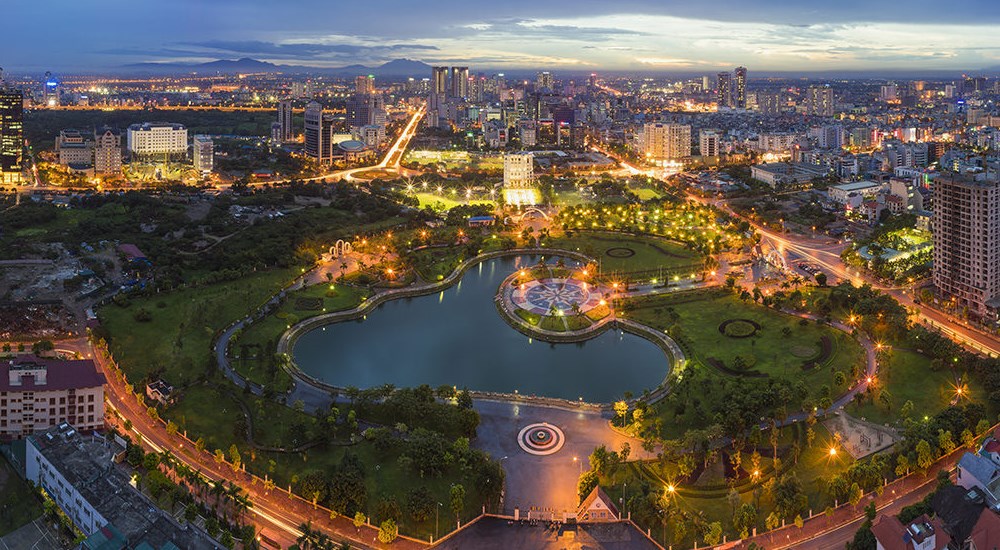 |
| Hanoi |
Tokyo (AP) Formula One is expected to add more races in Asia including a street circuit in the capital of Vietnam, a country with little auto-racing history that is on the verge of getting a marquee event.
“We think Hanoi could come on in the next couple of years, and we’re working with the Hanoi government to that end," Sean Bratches, Formula One’s managing director of commercial operations, told the Associated Press.
There is even speculation it could be on the schedule next season, which Bratches rebuffed.
Vietnam would join countries like Azerbaijan, Russia and Bahrain, which have Grand Prix races, little history in the sport, and authoritarian governments with deep pockets that serve F1 as it tries to expand into new markets.
“This (Hanoi) is a street race where we can go downtown, where we can activate a large fan base," Bratches said. “And you have extraordinary iconography from a television standpoint."
A second race in China is also likely and would join Shanghai on the F1 calendar. Bratches said deciding where to stage the GP will “be left to local Chinese partners" — Beijing is a strong candidate.
Bratches runs the commercial side of Formula One, which was acquired last year by U.S.-based Liberty Media from long-time operator Bernie Ecclestone.
Formula One’s long-term goal is to have 24-25 races — up from the present 21 — and arrange them in three geographical segments: Asia, Europe and the Americas. Bratches said the Europe-based races would stay in middle of the calendar, with Asia or the Americas opening or ending the season.
He said their positioning had not been decided, and getting this done will be slowed by current contracts that mandate specific places on the calendar for several races. This means eventually that all the races in Asia would be run together, as would races in Europe and the Americas.
The F1 schedule is now an inefficient jumble, allowing Bratches to take a good-natured poke at how the sport was run under Ecclestone.
“We’ve acquired an undermanaged asset that’s 67-years-old, but effectively a start-up," Bratches said.
Early-season races in Australia and China this year were conducted either side of a trip to Bahrain in the Middle East. Late in the season Formula One returns to Asia with races in Japan and Singapore.
The Canadian GP this season is run in the middle of the European swing, separated by four months from the other races in the Americas — the United States, Mexico and Brazil. These three are followed by the season-ending race in Abu Dhabi, which means another trip across the globe.
“With the right economics, with the right structure and cadence of events across territories, 24 or 25 is probably where we’d like to be from a longer-term standpoint," Bratches said.
“There’s more interest than we have capacity in the schedule," Bratches said, firing off Berlin, Paris or London as potentially attractive venues. “We want to be very selective."
“Those cites from an economic impact standpoint would find us value, as do others around the world," Bratches added. “It’s very important for us as we move forward to go to locations that are a credit to the Formula One brand."
An expanded schedule would have to be approved by the teams, which will be stretched by the travel and the wear-and-tear on their crews. The burden will fall on the smaller teams, which have significantly smaller revenue compared with Ferrari, Mercedes or Red Bull.
Bratches also envisions another race in the U.S., joining the United States Grand Prix held annually in Austin, Texas. A street race in Miami is a strong candidate, as are possible venues like Las Vegas or New York.
“We see the United States and China as countries that could support two races," he said.
Liberty Media has reported Formula One’s total annual revenue at $1.8 billion, generated by fees paid by promoters, broadcast rights, advertising and sponsorship. Race promotion fees also tend to be higher in Asia, which makes the area attractive — along with a largely untapped fan base.
In a four-year cycle, F1 generates more revenue than FIFA or the International Olympic Committee, which rely almost entirely on one-time showcase events.
Reports suggest Vietnamese promoters may pay between $50-60 million annually as a race fee, with those fees paid by the government. Bratches said 19 of 21 Formula One races are supported by government payments.
“The race promotion fee being derived from the government … is a model that has worked historically," Bratches said. AP News
FIA opens door to allow F1 teams to mount mirrors on halo device
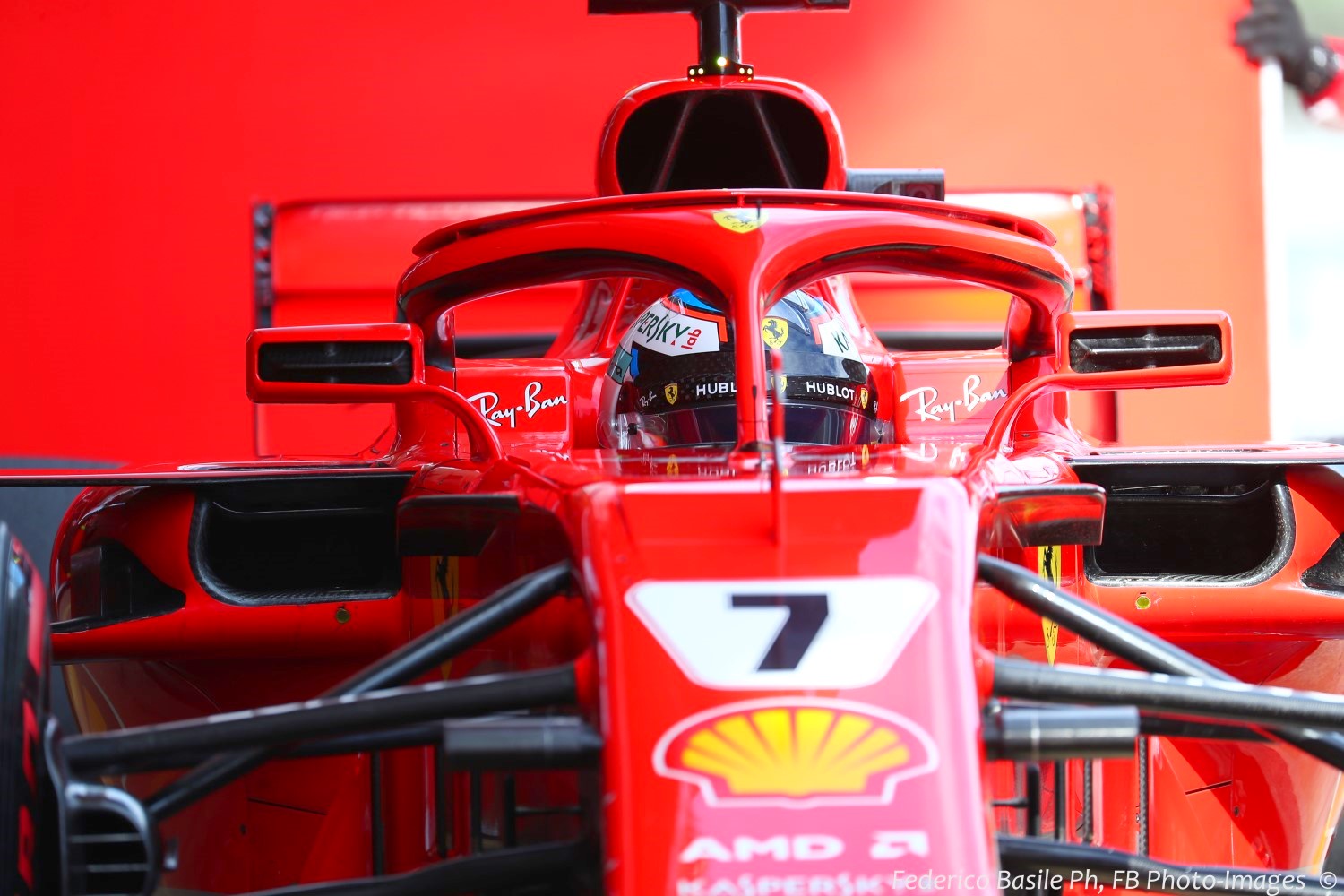 |
| Mounting mirrors to the Halo seems silly |
The FIA has told Formula 1 teams that they can henceforth mount their rear view mirrors on the halo, as long as they comply with all relevant regulations.
Drivers have noted in the early part of the season that it has become even harder to see anything behind them with the current rear wing regulations, and Ferrari is one of the teams that has tailored its design for aerodynamic gains.
After enquiries on the subject the FIA single-seater technical boss Nikolas Tombazis has clarified the governing body's position and given the go ahead for teams to follow the route of mounting mirrors on the halo.
But any mounted mirrors will still have to meet all current regulations, including those that specify the theoretical "box" within which they have to be located, their minimum 150mm x 50mm dimensions, and the ability to meet a rear vision test conducted by the FIA, in which a driver has to read letter or number boards placed behind the car.
Mirrors will also have to comply with the new rule on laminate parts that are within 20mm of the halo structure, which was written to cover aerodynamic fairings.
In a technical directive the FIA has told teams that the onus is on them to prove that the mountings are secure: "We expect that you will be able to satisfy us that the installation is sufficiently rigid to ensure that the mirror does not vibrate too much, which would limit driver visibility."
Mirrors cannot be mounted both on the halo and the chassis, because such an arrangement would make it harder to remove the halo.
Tombazis wrote: "We will not accept a dual mirror mounting (Halo + traditional survival cell), as this could cause delays in the event a rescue team had to remove the Halo following an accident."
The FIA also pointed out that teams will not be able to fit working cameras in halo-mounted mirrors, and that this could become an issue should FOM request that a particular car run such cameras.
"We will not accept a cable or connectors to run through the Halo fairing, hence in the rare case when a team is asked to mount cameras in the mirrors (position 1 of Drawing 6 of the Technical Regulations), that team would have to resort in using a mirror installation on the chassis or side pod." Adam Cooper/Autosport
Leclerc says he's a Fan of street circuits
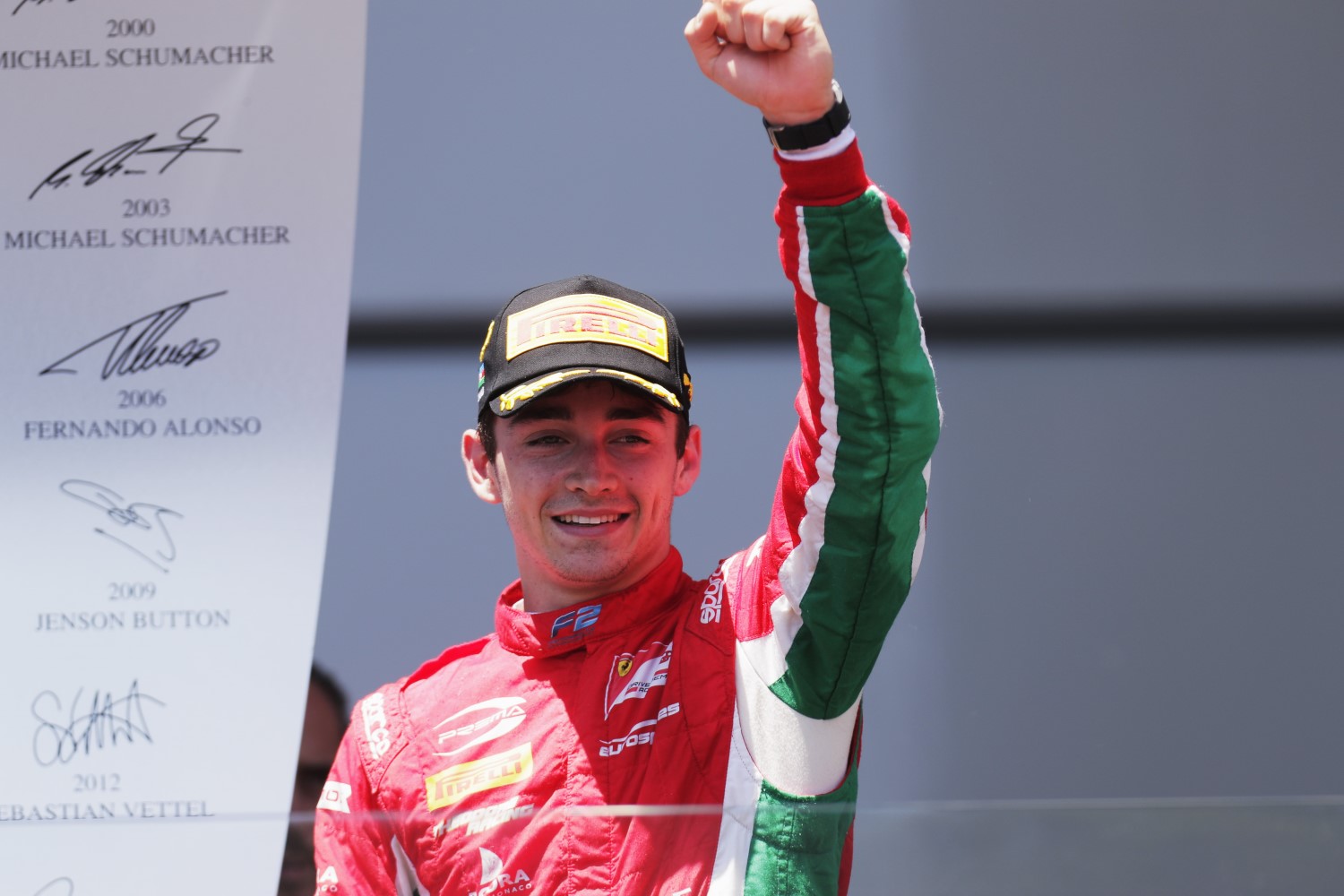 |
| Leclerc winning at Baku in F2 in 2017 |
Alfa Romeo Sauber F1 Team‘s Charles Leclerc admits he is a fan of city tracks as it provides the drivers a challenge ahead of this weekend’s Azerbaijan Grand Prix.
Leclerc competed around the streets of Baku last year in FIA Formula 2, where he won the feature race and came second in the sprint race.
“I look forward to going back to Baku" said Leclerc.
“I had a strong race there last year, when I was competing in Formula 2, and feel quite comfortable on the Baku City Circuit.
“I particularly like city tracks. They are challenging for drivers, as you cannot afford to make any errors. The atmosphere there is great, and the view of the old town and castle is spectacular."
“It will be interesting to learn about the tire management during the practice sessions" Leclerc continued.
“This will prepare us for the challenges of this circuit, and allow us to work on finding the right set-up and perform well in the race. I’m excited to be back in the car."
Verstappen: Difference between the engines is still too large
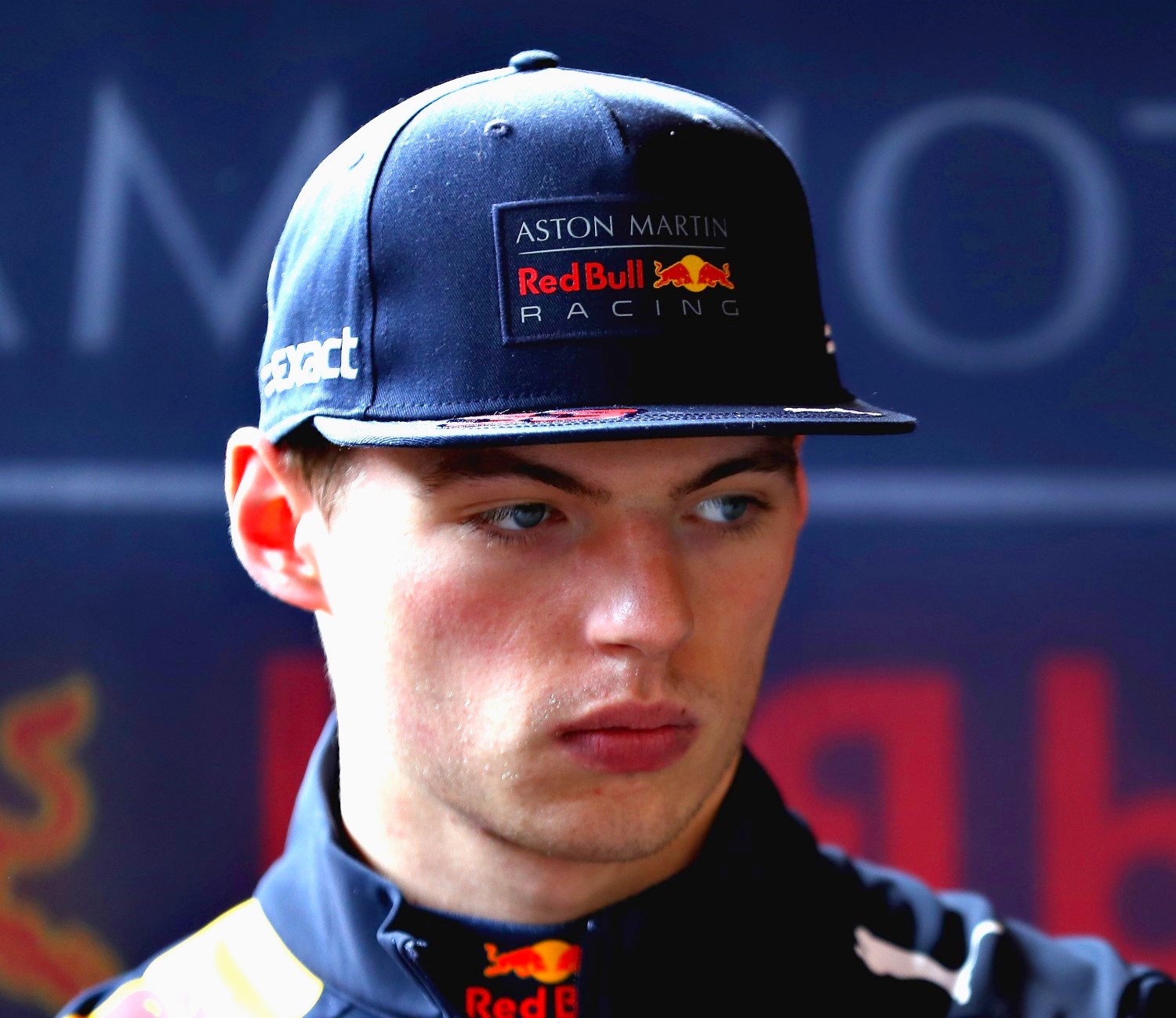 |
| Max Verstappen |
Max Verstappen is one of the six fortunate drivers plying their trade in one of Formula 1’s big three teams, but the Dutchman would like to see the difference between engines reduced suggesting that his Renault powered Red Bull is lacking in the horsepower stakes.
Verstappen said in an interview on his website, “For Formula 1, in general, it would be good if everything gets closer together. For this to happen you have to look at the engines. The difference between the engines is still too large."
“The three top teams are fighting each other, but behind that it is very close, so it remains interesting and I think this is exciting as well. At least it is what I see on the screens during the race."
Horner: If I were Mercedes I'd want this engine formula until 2050!
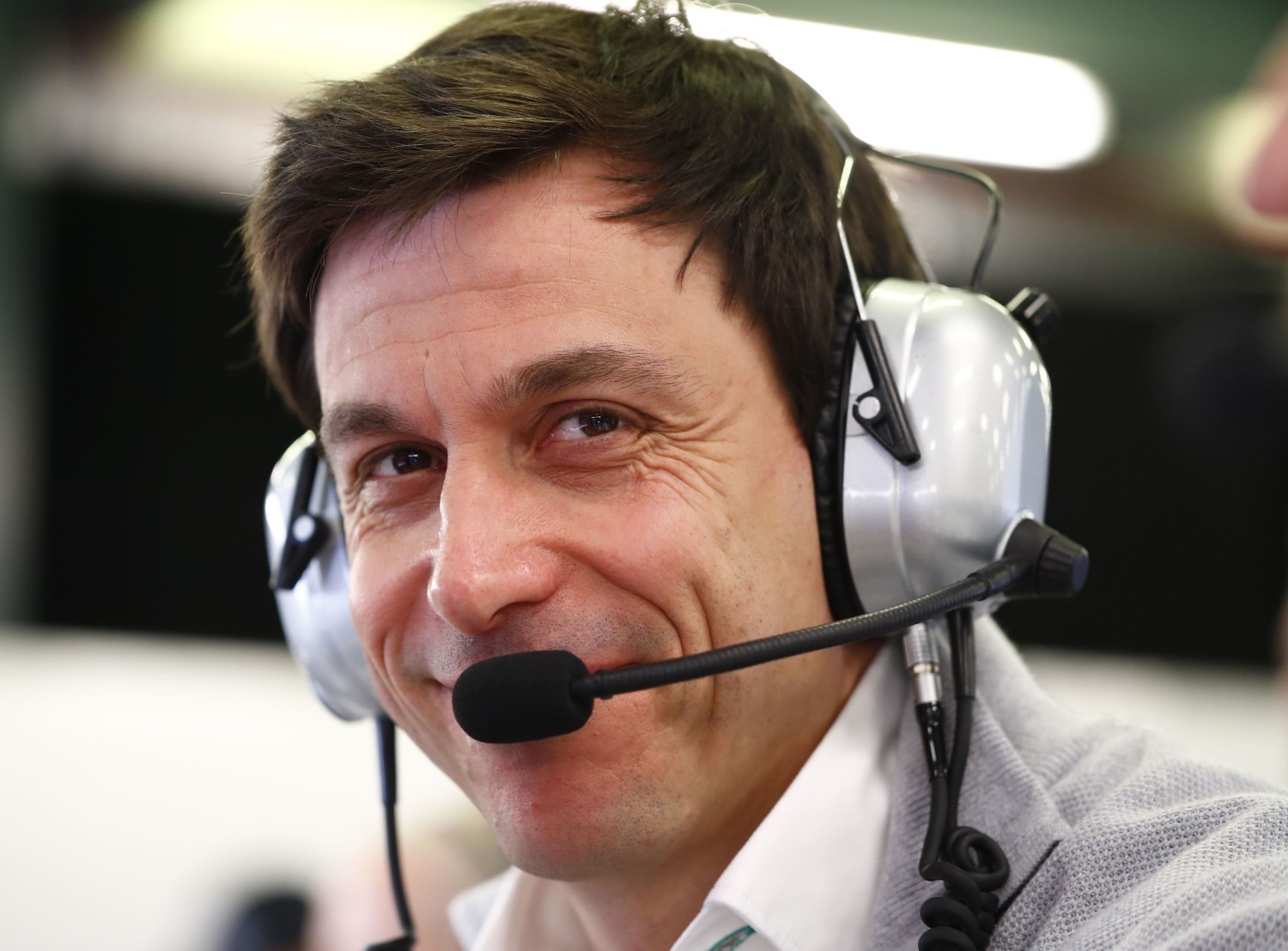 |
| Wolff would be happy to keep current engine formula |
As Formula 1 contemplates for 2021 and beyond, Red Bull chief Christian Horner has outlined his wish list for cheaper engines, arguing that the current generation of power units are simply too expensive, irrelevant and unpopular with fans.
Right now there is a call in the paddock to simplify F1 engines, to make them more affordable and attractive enough to lure manufacturers to the sport, but at the same time the likes of Mercedes and Ferrari are reluctant to change.
In a wide-ranging interview with Auto Motor und Sport, Horner declared, “If I were Mercedes I’d want the current engine formula to remain until 2050!"
“They have an advantage that they naturally want to protect. You cannot judge them for that, but teams should not determine what the rules for engines and chassis will be. There is the FIA and the rights holders for this."
Mercedes have been the dominant force in the sport since the new rules came into play in 2014, Horner conceded, “They have done a great job with their power unit and they also have a very good chassis."
“We have a great driver pairing. We have a very strong chassis. We only lag behind Mercedes and Ferrari on the engine side. You need three key elements for success: a good chassis, good drivers and good engines. Otherwise, you will not extract the most out of your package."
Regarding the current engine formula, he added, “They are too complex and too heavy. For example, the engine coolers cost almost 250,000 euros per car. That’s crazy."
Many complain that the engines are too ‘quiet’ and Horner agrees, “Without the noise, emotions are missing. Technology does not interest viewers. This engine was only introduced because it was supposed to have relevance to road cars, but that’s just not the case."
“We could simplify it a lot more and thus give the driver a much bigger role. There should be parity 50:50 parity between engine and chassis. Currently, the engine accounts for about 70 percent of performance. With the V8 engines [which existed until the end of 2013] the ratio was about 55 percent on the chassis side."
“Personally, I would like to see a different engine, one with more cylinders and better sound. That would please fans. This hybrid technology we have now has no relevance."
Verstappen: Fans don't care about tire compounds
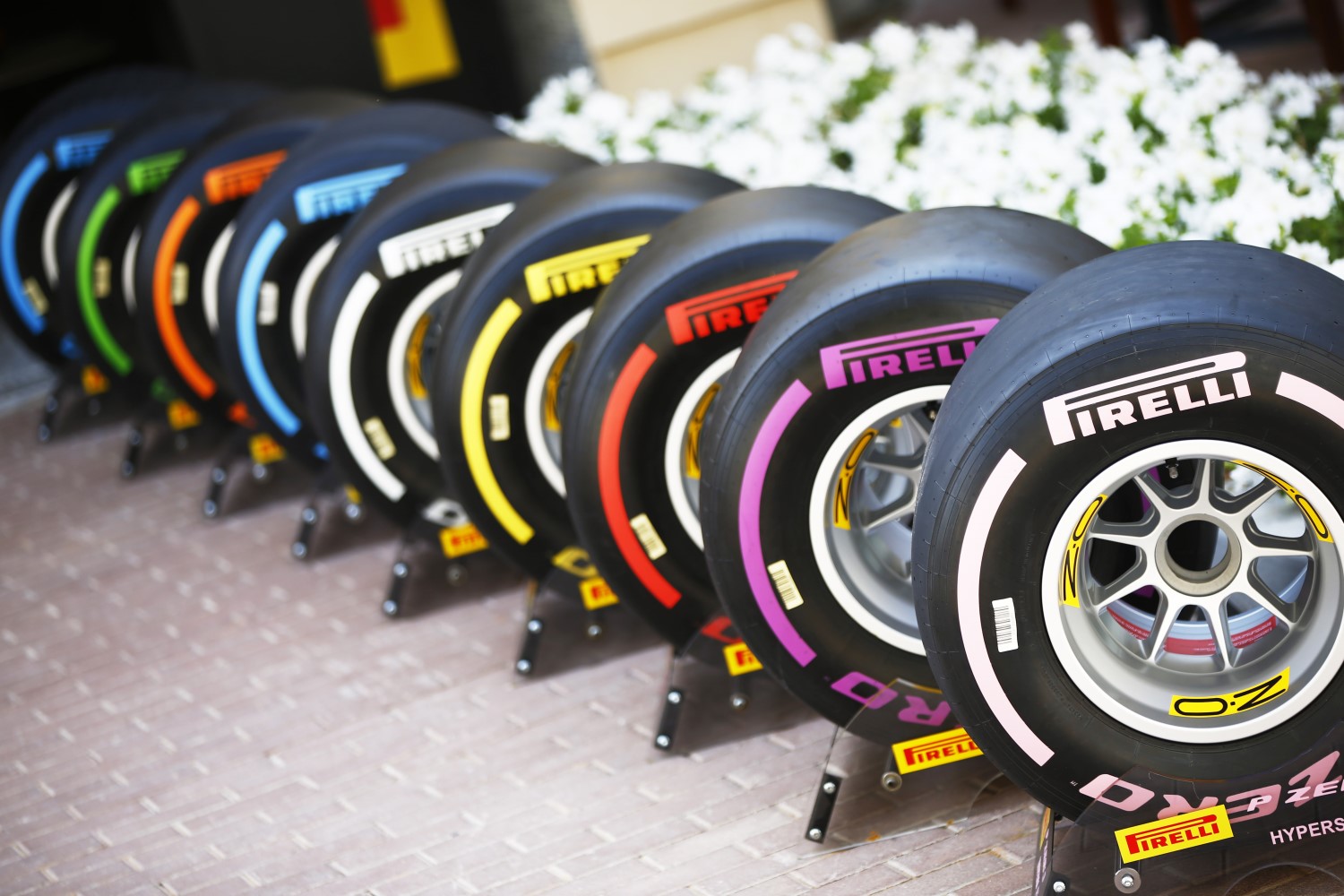 |
| Pirelli has too many tire compounds says Max |
Max Verstappen has called on Pirelli to simplify the tire selection process and claimed that fans do not care about how soft or hard each tire compound really is.
There are seven different dry tire compounds to choose from this season, ranging from the quickest hypersoft tire, which will debut in Monaco, all the way through to the superhard tires.
But Verstappen is not a fan of the system and would like to see just one soft tire and one hard tire compound selected for each race to make it easier for everyone to understand.
"I would only like to see a soft and a hard tire [at races]. Ultimately people do not have to know if it's ultrasoft or supersoft," Verstappen said.
"When you go to a track and you take an ultrasoft and a soft, then you call the ultrasoft a soft one and the soft one will be the hard tire. I think people do not care how soft the tire really is."
Verstappen also said that Formula 1 was "a lot more fun" before the new aerodynamic regulations came into place in 2017.
"It was a lot more fun in 2016," he added. "You could follow each other better and, in some way, it was more gratifying.
"Since 2017 it's a lot harder and less fun to really race each other. The breaking distance is shorter and it's just very hard to follow each other.
"The car can also make unexpected movements and suddenly break out."